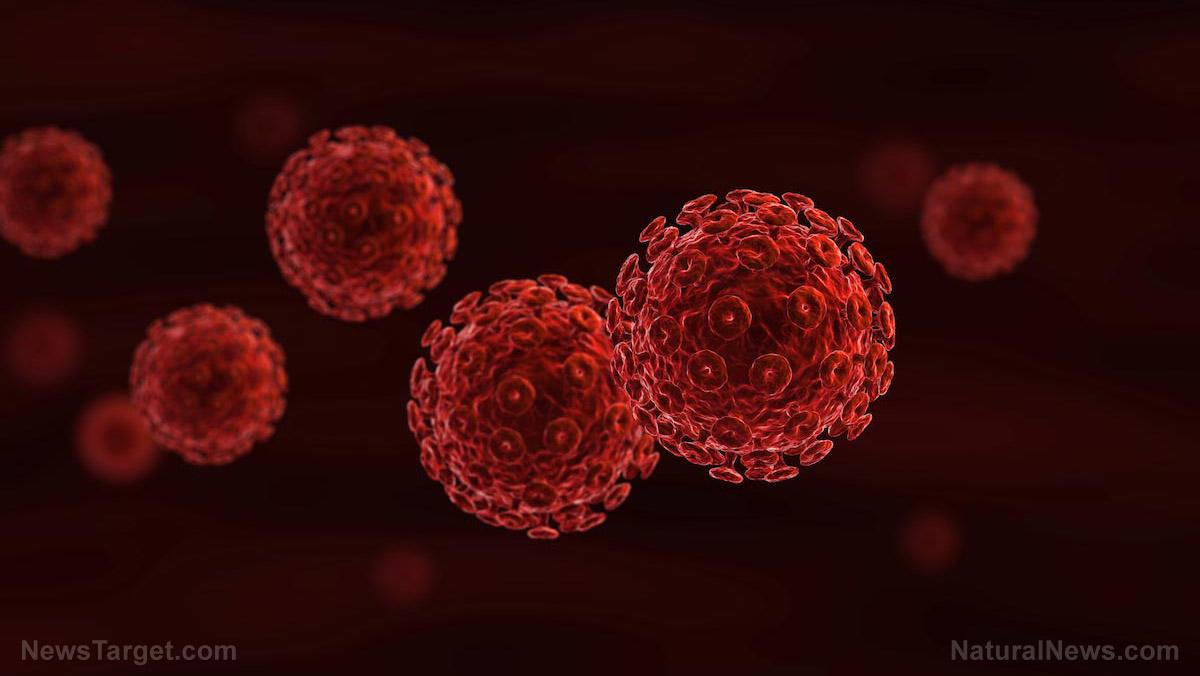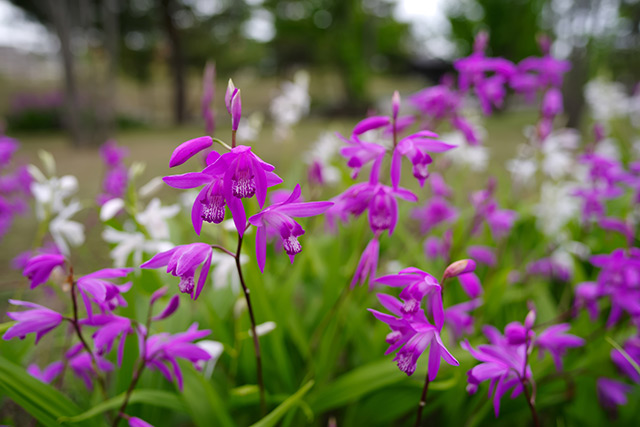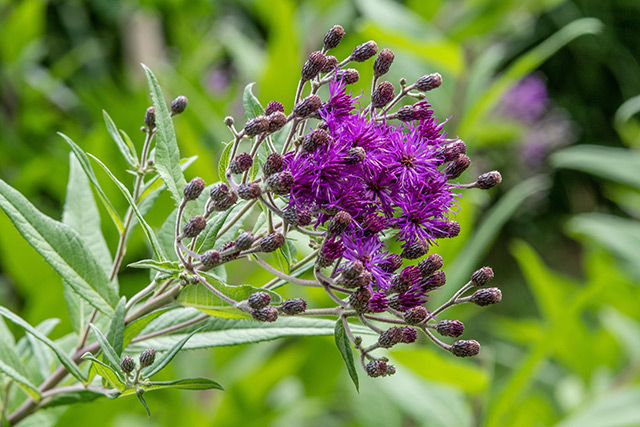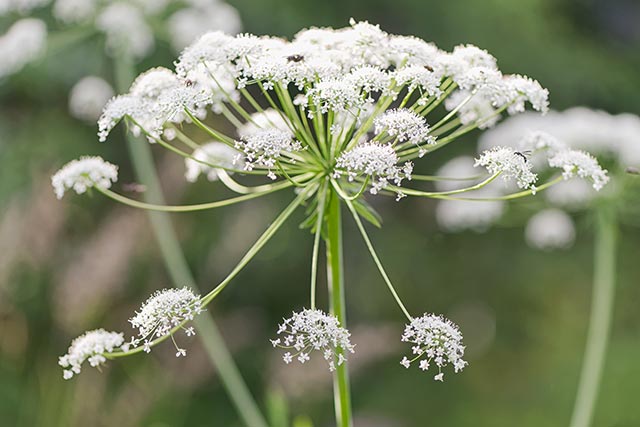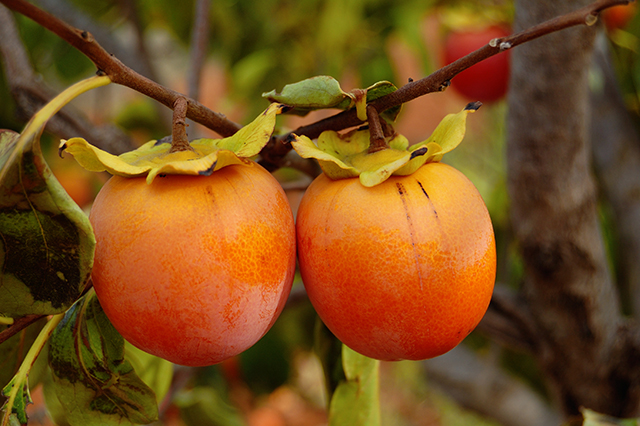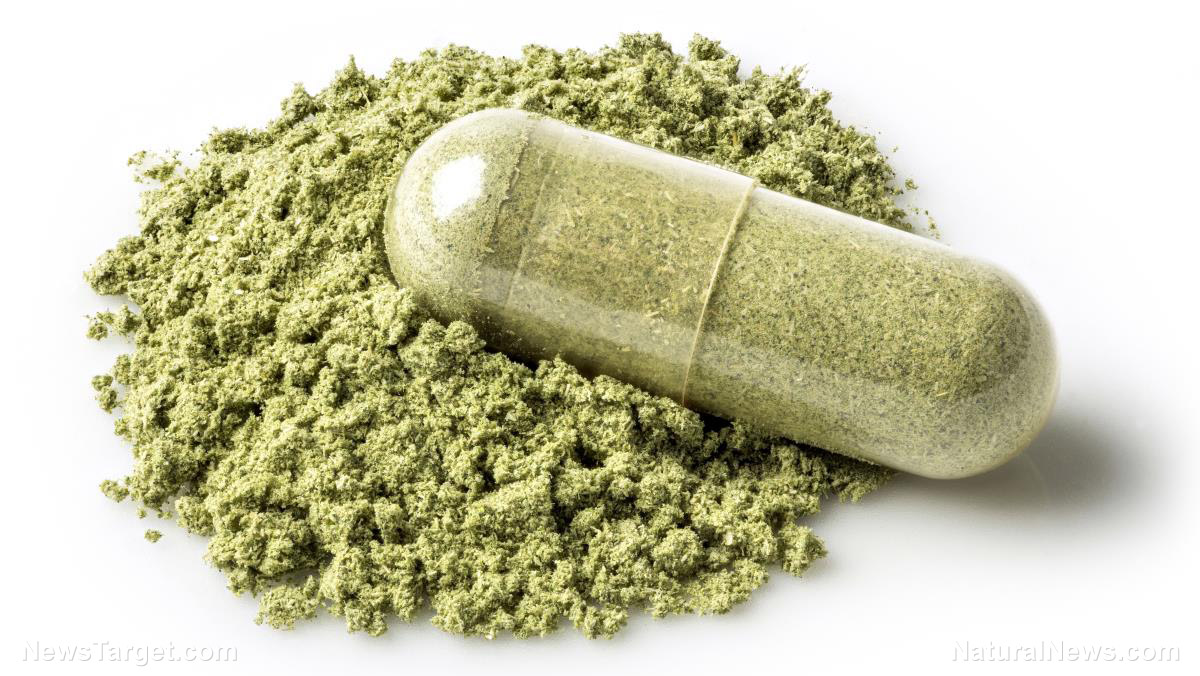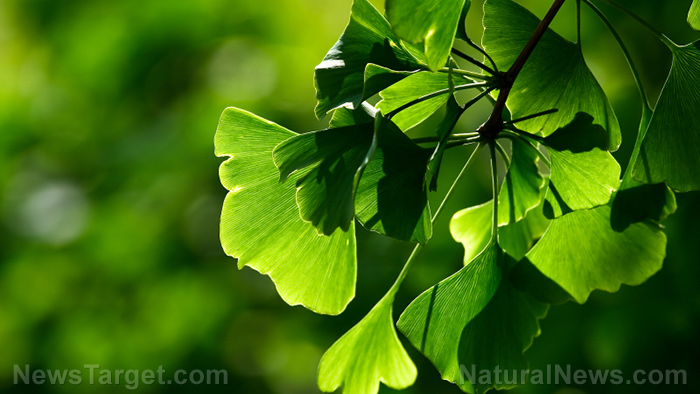A traditional Indian ethnomedicine displays powerful wound-healing properties
12/05/2018 / By Ellaine Castillo

A study by researchers from Cairo University showed that the ammania waterwort (Bergia ammannioides) has great potential as a wound treatment. This study, which was published in the journal Pharmaceutical Biology, used in vitro and in vivo experiments to determine the biological activities of the plant.
- For a wound to heal, it has to undergo three steps, namely inflammation, cell proliferation, and remodeling.
- Inflammation produces harmful free radicals that can inhibit wound healing and cause further damage when present in large quantities. This highlights the importance of antioxidants that can neutralize these molecules to improve the healing process.
- Wounds are vulnerable to bacterial infections that can slow down healing and lead to scar formation, so it is essential to keep the affected area clean at all times.
- Ammania waterwort is a branched herb that is commonly used in India as a traditional remedy for wounds and sores. Moreover, it has been reported to have antioxidant activity.
- Previous studies have shown that the woody bergia (Bergia suffruticosa), another member of the genus to which ammania waterwort belongs, contains phytochemicals like gallicin, gallic acid, lupeol, and beta-sitosterol, which contribute to its antioxidant activity.
- In this study, the researchers tested a topical ointment made from ammania waterwort for wound healing properties using male Sprague-Dawley rats. They also determined the in vivo anti-inflammatory activity of the ointment on Swiss albino mice with xylene-induced edema.
- Antibacterial activity of ammania waterwort extracts was determined against E. coli, Proteus vulgaris, Pseudomonas aeruginosa, Staphylococcus aureus, Bacillus subtilis, Sarcina lutea, and Mycobacterium phlei.
- The authors also assessed the in vitro antioxidant activity of the extracts using free radical scavenging assays and determined their phytochemical content.
From this study, the researchers observed that the ammania waterwort had potent anti-inflammatory, antioxidant, and antibacterial activities, which contributed to its ability to promote wound healing. Moreover, the researchers identified phytochemicals possibly involved in these biological activities, which include phenolics, sterols, and triterpenes.
Read the full text of the study at this link.
For more articles about natural remedies for wounds, visit NaturalCures.news
Journal Reference:
Ezzat SM, Choucry MA, Kandil ZA. ANTIBACTERIAL, ANTIOXIDANT, AND TOPICAL ANTI-INFLAMMATORY ACTIVITIES OFBERGIA AMMANNIOIDES: A WOUND-HEALING PLANT. Pharmaceutical Biology. 8 April 2015;54(2). DOI: 10.3109/13880209.2015.1028079
Tagged Under: Ammania waterwort, anti-inflammatory, antibacterial, antioxidant, Bergia ammannioides, Herbs, inflammation, natural remedies, traditional Indian medicine, traditional medicine, Wound Healing, wound treatments, wounds



